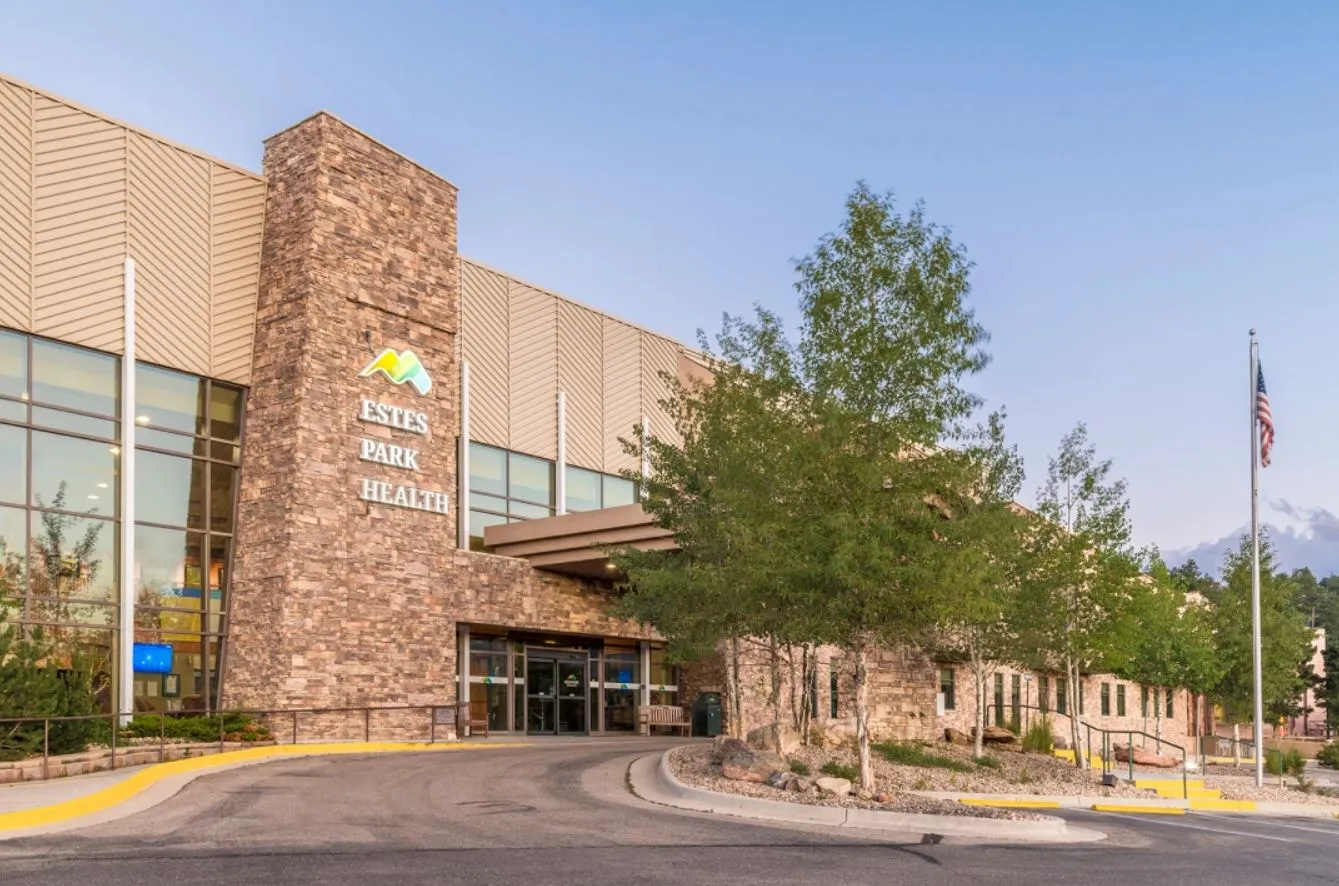Estes OKs grant match for flood-mitigation project study
ESTES PARK – To get federal help with flood mitigation in Estes Park, the third time was the charm.
With approval in April of a federal grant for a study after two failed attempts to win money for the projects themselves — and the town Board of Trustees’ approval Tuesday night to chip in its 25% match — Estes Park can move forward with planning a project to prepare for flash flooding similar to what occurred during the deluge of September 2013 that left 10 people dead and millions of dollars in damage along the Front Range.
“What this does,” said Public Works Director Gregory Muhonen, is that, “if we can prove the validity of the concept, establish a preliminary design, and do a benefit-cost analysis to show that this project has merit and meets federal requirements for other funding programs, this situates the town, then, with this information, to try again for additional grants for final design and construction.
SPONSORED CONTENT
“It all goes back to the 2013 flood, and the town taking actions to be prepared next time. We’re excited for it.”
Besides damage in Estes Park itself, the 2013 flood left the tourism-dependent town nearly cut off from the northern Front Range urban corridor at the start of the aspen-viewing season, washing out parts of U.S. Highways 34 and 36 and Colorado Highway 7.
Narrowing the designated floodplain through the heart of town was part of the impetus for the “Loop” proposal, which would divert eastbound U.S. 36 traffic onto Riverside Drive, requiring reconstruction of two bridges across the Big Thompson River.
A 2016 environmental assessment for the Loop project completed the National Environmental Protection Act clearances for that project, including increasing the capacity of the Big Thompson channel from the Riverside bridge to the east U.S. 36 bridge as well as replacing the bridges on Riverside Drive and Rockwall Street.
In 2018, the town’s Public Works department completed a stormwater management plan that identified a number of other infrastructure projects that it saw as also needed to prevent a flood through downtown Estes Park in the future.
“The Loop was already performing an environmental assessment for the smaller area impacted by the Loop,” Muhonen said, “but in talking to the Loop team we agreed it would be prudent to look outside the limits of the original project” through the federal government to do the work.
“We talked to the Town Board and asked them if they wanted to form a stormwater utility so we could implement the recommendations of this management plan,” he said, “and at that point in time they said no, they weren’t ready to take that big a step, but they asked us to proceed with a grant application through the Department of Transportation to get federal money to do this work – essentially channel widening and replacing these two bridges.”
To help pay for the construction, the town in 2019 applied for a grant through the federal DOT’s BUILD program – Better Utilizing Investment to Leverage Development. Estes Park’s request – in the neighborhood of $25 million – competed with applications from communities around the nation, and was not approved by the feds.
The town modified the grant request based on feedback from DOT and submitted it in 2020 – still in the $25 million range – but was turned down again.
“Since we were denied twice,” Muhonen said, “we were advised to step back and break it into smaller parts.”
Estes Park officials then learned of a new program called BRIC – Building Resilient Infrastructure in Communities – through the Federal Emergency Management Agency, which offered to fund studies of the “scope” of a project to lay the groundwork for future federal help with the project itself. The town applied in 2021 and received notice in April that FEMA had approved the award.
The grant is worth $547,500, and FEMA would chip in 75%, or $410,625, if the town would pony up the other 25%, or $136,875. The Estes Park Board of Trustees approved that appropriation Tuesday night, and Mayor Wendy Koenig signed the grant agreement.
The grant funds will be administered by the Colorado Department of Public Safety’s Division of Homeland Security and Emergency Management. Having the grant in hand, Muhonen said, will help the town get access to “the conceptual and the preliminary engineering, environmental feasibility, utility impacts, right-of-way and easement needs, and benefit-cost analysis calculations.”
The next step, Muhonen said, is to “put out a request for proposals and hire a specialty engineering firm that has expertise in hydrology, structure design and channel widening. We’ll probably put that RFP out in 2023 and the grant agreement expires in 2025, so we have two years to complete this work.”
ESTES PARK – To get federal help with flood mitigation in Estes Park, the third time was the charm.
With approval in April of a federal grant for a study after two failed attempts to win money for the projects themselves — and the town Board of Trustees’ approval Tuesday night to chip in its 25% match — Estes Park can move forward with planning a project to prepare for flash flooding similar to what occurred during the deluge of September 2013 that left 10 people dead and millions of dollars in damage along the Front Range.
“What this does,” said Public…
THIS ARTICLE IS FOR SUBSCRIBERS ONLY
Continue reading for less than $3 per week!
Get a month of award-winning local business news, trends and insights
Access award-winning content today!





